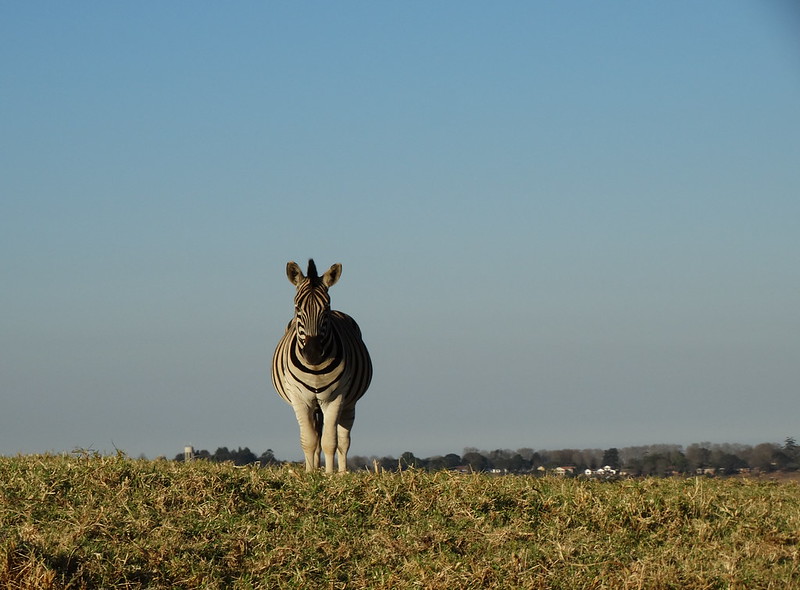A couple of weeks ago, I had the pleasure of driving through some of the Eastern Cape: specifically the region formerly known as the Transkei. It was an eye opener of note – the roads crowded with children, goats, dogs, donkeys and potholes. Most of the journey was through the unique rural landscape, but we also travelled through the towns of Bizana, Flagstaff and Lusiksiki. The former two were busy, bustling and dirty; the latter – a hilltop settlement developed from a military camp established in 1894 – was more notable for its huge number of apparently unnecessary road calming measures.
No driver particularly likes speedbumps, but I think that the majority of us can understand the need for them in certain places: near schools, pedestrian areas etc. What I didn’t quite understand was the need for 79 (seventy-nine) of them (and 31 rumble strips) on the R61, in and around Lusikisiki. The majority (though not all, as keen mathematicians will note) of the speedbumps were arranged in groups of 6, perhaps 50 cm apart. Having watched minibus taxis repeatedly slowing to a near standstill to traverse these devilish sets, I can attest to the fact that they are a particularly effective way of slowing vehicular traffic down.
But, as I mentioned, slowing it down for no apparent reason whatsoever. Even when you leave the town and are heading back out onto the roads snaking south towards Port St Johns – the speed limit back up to 80kph, there’s yet another lot – in the middle of nowhere. It was almost as if they’d been put there for the sake of putting them there – or because someone needed to be paid for something tangible. Look, I’m not suggesting that the local municipality is in any way corrupt, but it’s kind of tough to work out what other reason there could be for so much utterly pointless work being done when the whole area is so severely impoverished.
Hmm.
I was reminded of this anecdote:
Some years ago the mayor of a small rural town in the Eastern Cape visited his friend, the mayor of a similar town in Zimbabwe.
When he saw the palatial mansion belonging to the Zimbabwean mayor, he wondered aloud how on earth he could afford such a house.
The Zimbabwean replied: “You see that bridge over there? The government gave us a grant to construct a two-lane bridge, but by building a single lane bridge with traffic lights at either end, I could build this place.”
The following year the Zimbabwean mayor visited the Eastern Cape town. He was simply amazed at the Eastern Cape mayor’s house: gold taps, marble floors, diamond doorknobs; it was marvellous.
When he asked how he’d raised the money to build this incredible house, the Eastern Cape mayor said: “You see that bridge over there?”
The Zimbabwean replied: “No.”
Indeed. There’s no new bridge in Lusikisiki, but there are speedbumps for Africa… and beyond.





